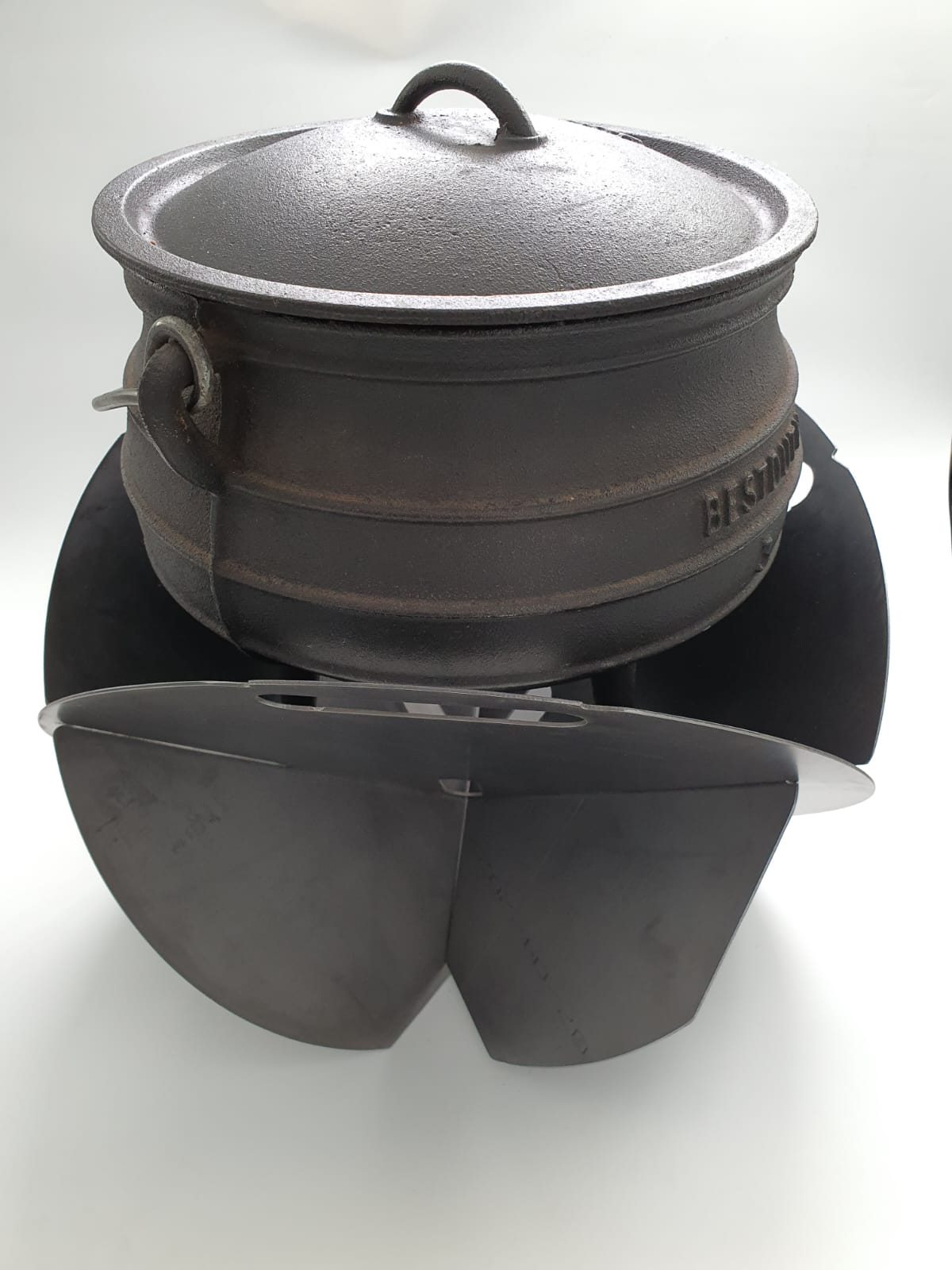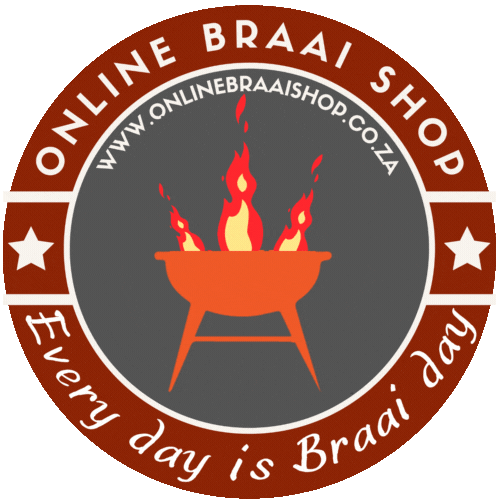
Exploring the Delights of Lamb and Mutton
Share
When it comes to a traditional braai or barbecue, the choice between lamb and mutton can significantly influence the flavor and enjoyment of your meal. Understanding the differences between these two meats, their classifications, and the best cooking methods can elevate your grilling experience.
Lamb vs. Mutton: What's the Difference?
The primary difference between lamb and mutton lies in the age of the sheep.
Lamb is sourced from sheep that are typically less than one year old, offering a tender texture and a mild, delicate flavor.
Mutton, on the other hand, comes from sheep that are over one year old, usually around three years, and is characterized by a stronger flavor and a firmer texture.
The age of the sheep not only affects the taste but also the best cooking methods to bring out the meat's natural richness.

Mutton as Goat Meat: A Cultural Perspective: The term 'mutton' is sometimes used to refer to goat meat, particularly in South Asian and Caribbean cuisines. This usage stems from historical classifications where both sheep and goats were referred to as mutton animals. Over time, in certain regions, 'mutton' became synonymous with goat meat due to its similar flavour profile and culinary applications.
In the South African context mutton remains meat sourced from sheep.
Understanding the Grading of Lamb and Mutton in South Africa
In South Africa, the grading of lamb and mutton is a systematic process that ensures consumers receive quality meat. This system is crucial for both producers and consumers as it influences the market value and helps in identifying the preferred quality of meat. Let's delve into how this grading is done and what criteria are used.
Age Classification:
The age of the sheep is a primary factor in the grading process. It is determined by the number of permanent incisors the animal has. Sheep are categorized into four age groups:
- A-grade**: Indicates a lamb with no permanent teeth, marked in purple ink.
- AB-grade**: Represents animals between one and two years of age with two permanent incisors, marked in green ink.
- B-grade**: Used for older sheep with four teeth, indicated by brown ink.
- C-grade**: Denotes an older animal (mutton) with six or more adult teeth, marked in red ink.
Fat Content Classification:
The fat layer and its distribution on the carcass are also assessed. Expert meat graders classify the carcass into seven fat classifications:
- 0 No fat
- 1 to 5: Increasing levels of fat content
- 6: Excessively overfat
The fatness class is indicated by a triple number, such as 222, which would represent a relatively lean carcass.

Grading Markings:
After slaughtering, carcasses are graded and marked using food-grade vegetable-based ink that is safe and breaks down upon cooking. The quality of meat is indicated on the carcass with letters and numbers:
- Quality: Stamped in letters in a certain color, depending on the age of the animal.
- Fat content: Indicated in a square with a number inside.
- Abattoir code: Each carcass is also stamped with an identification code for traceability.

Consumer Preferences:
Consumers have different preferences when it comes to the quality of meat. Some may prefer a young and lean animal, such as an A2 grade, while others might opt for meat with more flavor and fat, like a C4 grade. The grading system makes it easier for consumers to identify and select their preferred quality of meat.
Best Methods for Cooking Lamb and Mutton
The best cooking methods for lamb and mutton vary due to their differing textures and flavors.
Lamb, being more tender, is well-suited for high heat cooking methods such as grilling, roasting, or pan-frying. Quick cooking allows the meat to develop a flavorful crust while retaining its juicy interior.
Mutton, with its tougher and fattier nature, benefits from low and slow cooking methods. Slow roasting in a kettle braai or oven, braising and stewing in a potjie are ideal, as they tenderize the meat and enhance its robust flavor. Marinating mutton before cooking can also help to tenderize the meat and infuse it with additional flavors.
Here’s a concise summary of some the legendary South African dishes using the meat from Lamb & Mutton:
- Skaap Tjops: “Tjops” refers to lamb/mutton chops or cutlets. These are seasoned and grilled sheep pieces, often served with a flavorful marinade or sauce. The meat is tender and juicy, with a delicious smoky flavor from the grill.
- Sosaties: A barbecued meat dish with lamb marinated in a mild curry sauce, skewered with vegetables and fruits for enhanced flavor.
- Staanrib: Staanrib translates to “standing rib.” It’s a slow-cooked, standing rib roast made from mutton or lamb. The meat is seasoned, roasted, and sliced into thick, succulent portions. It’s a hearty and flavorful dish, perfect for special occasions.
- Skaapboud of blad: It’s a traditional South African dish that features an entire leg of mutton (or lamb). The leg is marinated, roasted, or slow-cooked to tender perfection and carved into generous portions. It’s often served with sides like roasted vegetables, mint sauce, or gravy.
- Denningvleis: A traditional stew made with lamb or mutton, slow braised with spices and served with yellow rice and red wine.
- Afval: Skaap afval potjie” (also known as “Kerrie afval Potjie” or “Skaap pens-en-pootjies”) is a traditional South African dish containg cleaned sheep’s tripe and other pieces, cooked in a potjie (cast-iron pot) over an open fire.
- Skenkelpot: Skenkelpot is a traditional South African dish made in a cast-iron pot (potjie) over an open fire. It typically includes lamb shanks, vegetables, and spices. The slow cooking process allows the flavors to meld, resulting in a rich and comforting stew.
- Waterblommetjiebredie: A seasonal stew from the Western Cape, combining lamb with waterblommetjie flowers and various seasonings, served with white rice.

Conclusion
In conclusion, the grading of lamb and mutton in South Africa is a detailed process that takes into account the age and fat content of the meat. This system plays a vital role in ensuring that consumers can make informed choices and that the meat they purchase meets their expectations for quality and taste. Whether you're a consumer or a producer, understanding this grading system can help you appreciate the value and quality of the meat you encounter in the market.
Remember, the key to a successful braai or barbecue is not just the quality of the meat but also the passion and care put into cooking it. So, choose your cuts wisely, season them to your liking, and enjoy the process as much as the result.
Whether you opt for lamb or mutton, each offers a unique taste and texture that can be the highlight of any braai or barbecue. By understanding their differences and selecting the appropriate cooking methods, you can ensure a delicious and memorable meal. So, gather your friends and family, fire up the grill, and enjoy the rich culinary traditions that lamb and mutton have to offer. Happy grilling and enjoy your meal! Bon appétit!
For those interested in diving deeper into the culinary nuances of lamb and mutton, or exploring recipes and cooking tips, the following resources provide valuable insights:
- The Spruce Eats offers a comprehensive guide on the differences between lamb and mutton, including common cuts and cooking methods.
- MasterClass provides an overview of lamb versus mutton, highlighting their distinct uses in the culinary world.
- Fine Dining Lovers delves into the best ways to cook lamb and mutton, catering to their unique characteristics.

